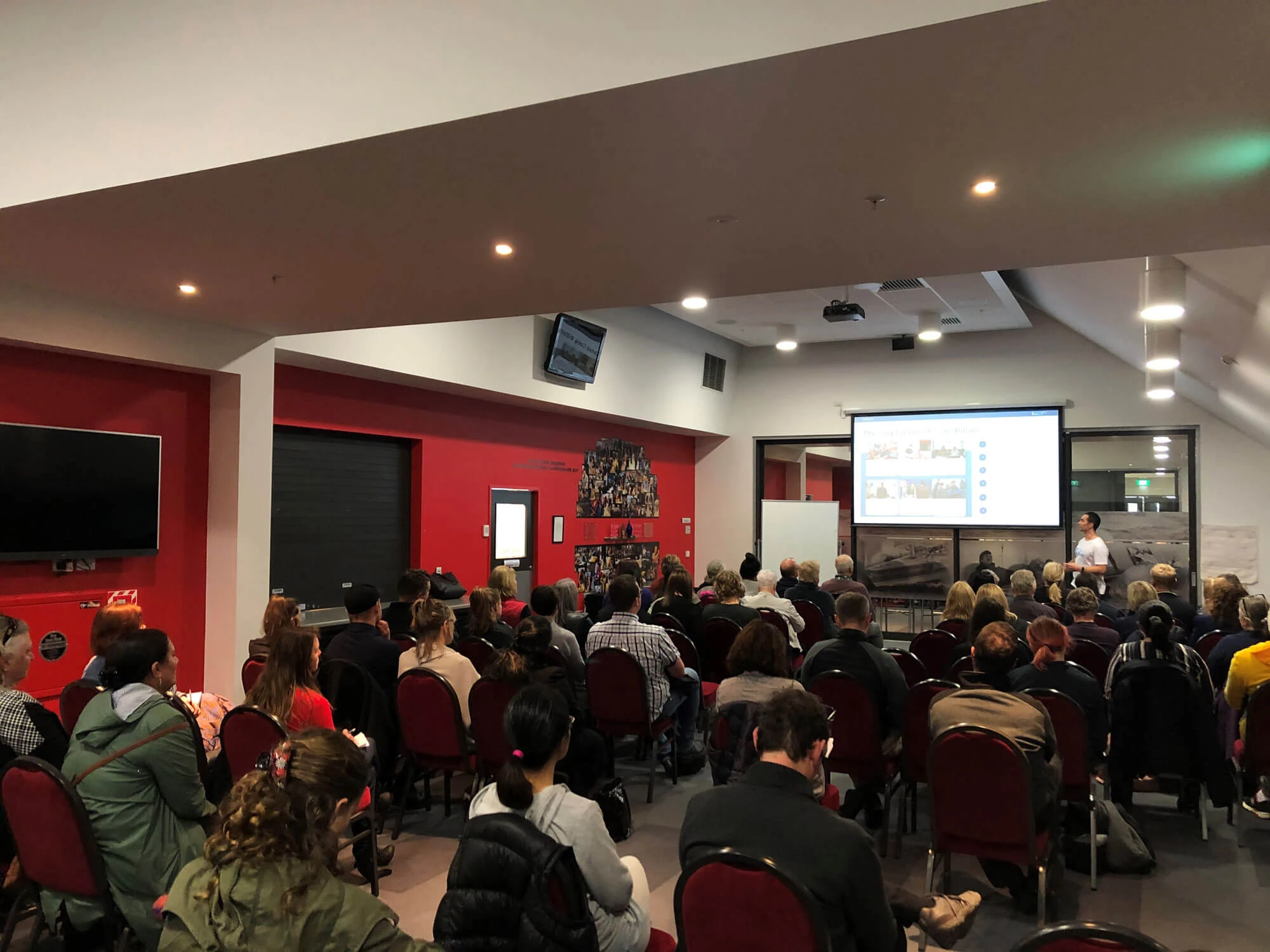Chestnuts (Castanea sativa)
Introduction
The chestnut is a cool climate deciduous tree that bears edible nuts enclosed in a prickly burr like husk. In spring or early summer they produce showy clusters of male flowers at the branch tips. The less conspicuous female flowers form among the foliage on the same tree. It is the female flowers that develop into the nuts.
In contrast to most other nuts, chestnuts are high in protein and carbohydrate and low in fat. Chestnuts are free of gluten, oil and cholesterol, and can be used to make gluten-free flour. Southern chestnut growers have an advantage over thier counterparts further north as there appears to be a lower incidence of Phomopsis (a damaging fungal pathogen) in the trees.
Growing Chestnuts
| Propagation: | Whip and tongue grafted onto seedlings in spring. |
| Yields/ha: | Trees planted out into permanent site a year or two after this 5–8 tonnes/ha (nuts in shell) |
| First harvest: | 3–5 years |
| Full production: | 10–15 years |
| Training/Pruning: | Establish a centre-leader shape in early years, otherwise little pruning required. |
| Time of flowering: | Late spring |
| Time of maturity: | Autumn |
| Crop protection: | Protection from wind and frost required. Frost protection very important in early years of growth. |
| Soil type: | Chestnuts are a deep rooting tree that grow best in well drained soils. Irrigation is needed if the soils are prone to drying out in summer. |
| Fertilisers: | Fertiliser requirements depend on soil type. NPK fertilisers are used. Other nutrients supplied are dependent on soil tests. Boron is needed when the tree starts fruiting. |
| Weed control: | Weeds at the base of the trees need to be controlled. They rob the tree of nutrients, water, light and space for the roots. Both pre-emergence and post-emergence herbicides can be used. |
| Pest/Diseases: | Phytophthora, Phomopsis, chestnut weevil, lemon tree borer, rats, possums, rabbits. |
| Harvesting: | Chestnuts are hand picked from the ground after falling naturally or after shaking. They can be swept or vacuumed up by machine if they are grown on a larger scale. Good weed control near nut fall is crucial. The ground needs to be clean and dry. |
| Marketing: | There is a market for chestnuts as an out of season commodity in the Northern Hemisphere. There is also the possibility of a good local market for processed chestnut products. |
Further Information
- There are a number of nut tree consultants, and there is a New Zealand Chestnut Council .
- Wikipedia article





